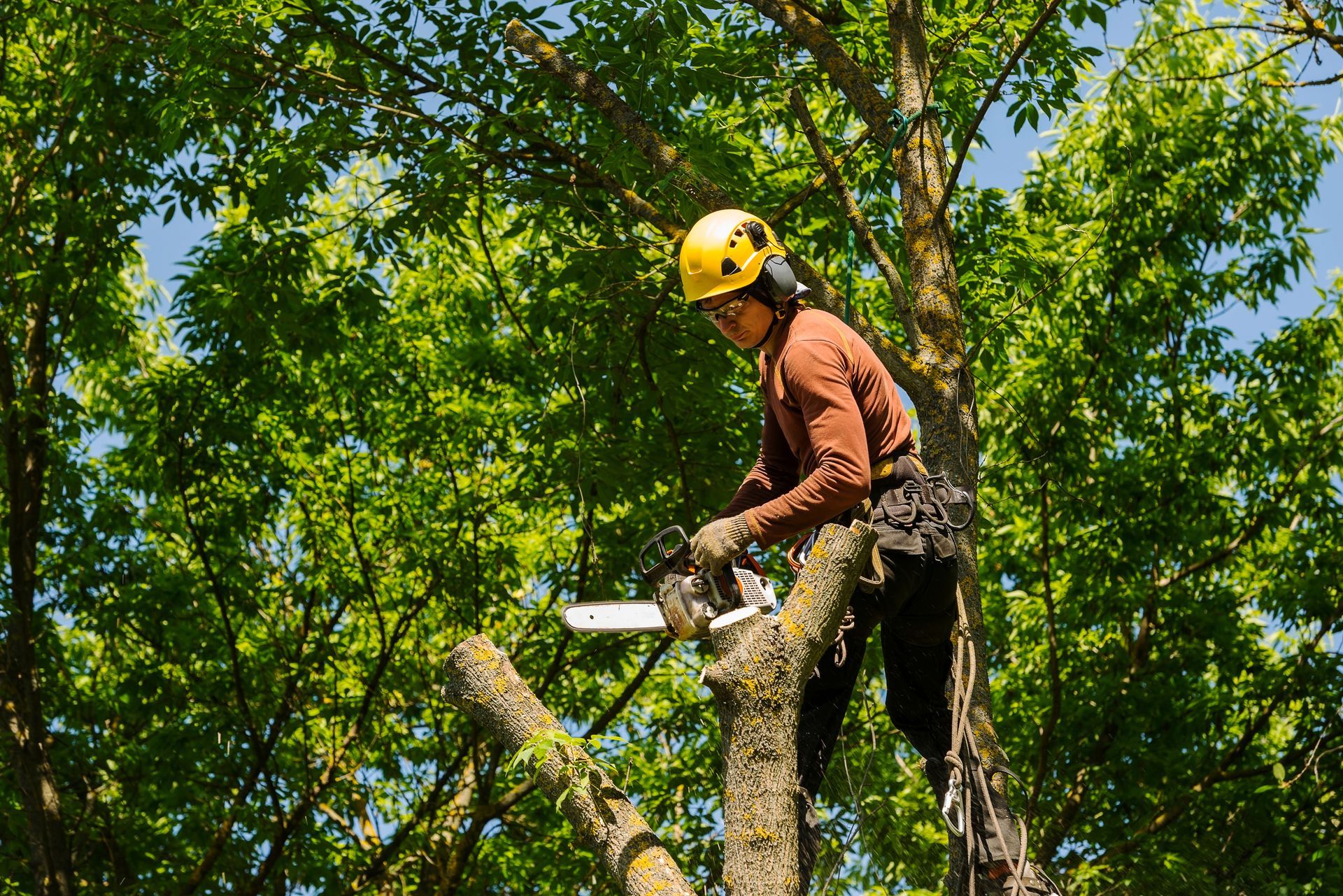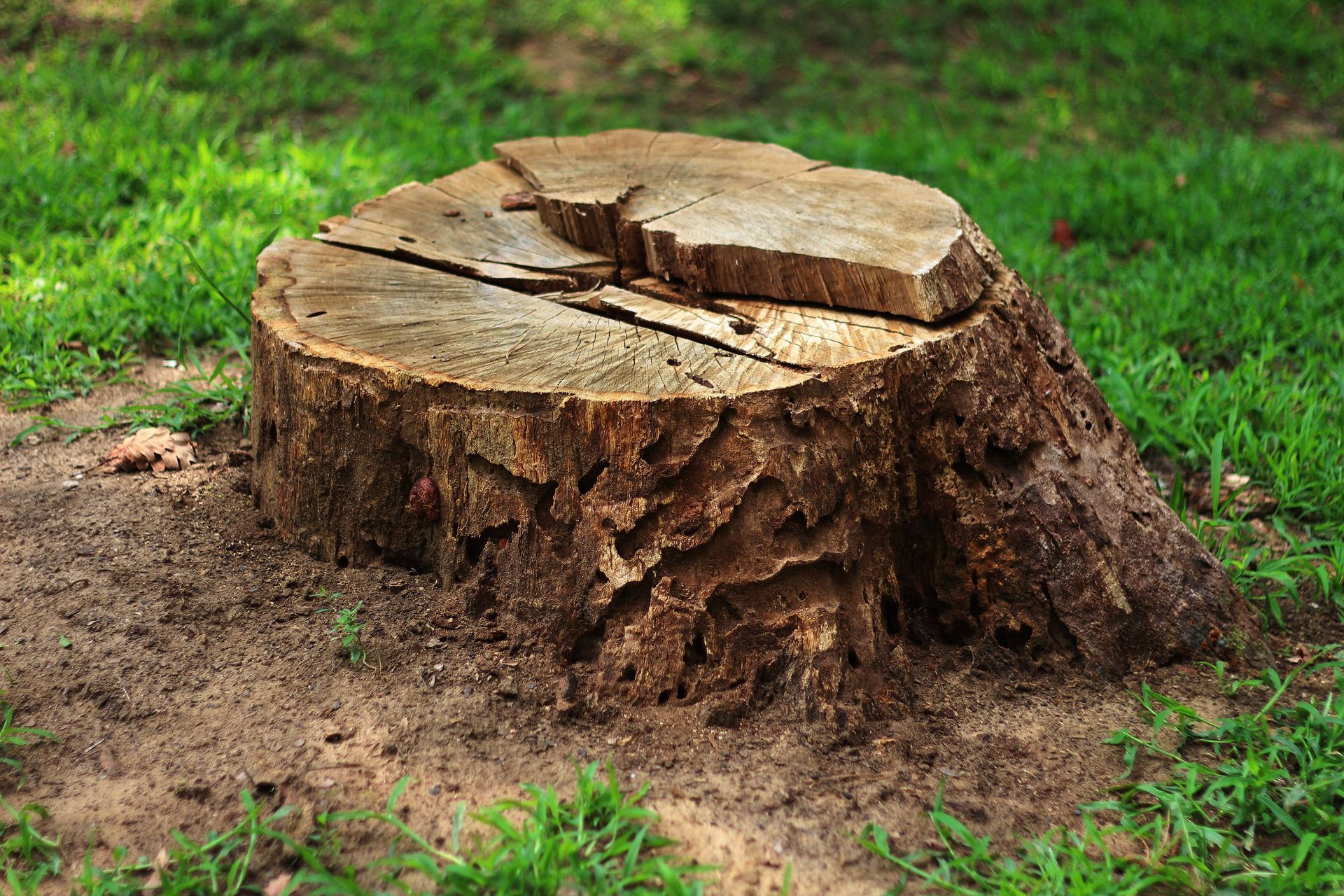Why trimming a tree is not the same as getting your hair cut

If you get a bad hair cut all that you have to do is wait until it all grows again and start over with a perfect head of hair. The same is not true with trimming a tree!
A tree is nature’s perfect solar collection system. The leaves are like solar panels that convert sunlight and carbon dioxide to sugars and starches that provide the energy to power up the tree. When trimming we should always leave enough leafy growth on the tree so that there is sufficient sap flow to heal the punning cuts. The sap flow out of the cuts will chemically change into a decay resistant compound that allows the tree to compartmentalize the wound and form a coating to completely stop rot from reaching the core of the tree.
It is generally not a good idea to remove more than twenty-five percent of the leafy growth of a tree at one time. However my customers generally cannot afford to have yearly maintenance done on their trees. They want as much done as possible when we are there working. Understandable.
Because sunlight is vital for sugar production, it is true that inside branches that are shaded from the sun are not contributing that much to sugar production. It is always better to thin out a tree from top the bottom and selectively remove a few large limbs hanging over the home than just hacking of all the branches nearest to the home.
To stop mold or damp conditions involving the home this top to bottom thinning and selective large limb cutting will allow much more leafy growth to be removed from the tree than the close to the house hack method, and will allow much more sunlight just to pass through the tree and is always your best option to protect your home and preserve the beauty and health of your trees.
There are many other elements that affect how a tree responds to trimming, such as excessive sunlight exposure to punning cuts that will cause sucker growth at the cut or prevent a proper healing of the wound.
Any tree will be healthier with several lighter trimmings rather than one heavy one. A heavy trim can cause what is referred to as a witch’s broom on a cut off stub and cause sucker growth all over the tree to manifest. If a terminal end is not left on the branch the sap flow out to the cut off stub will also cause witches brooms.
This is the reason that we don’t top trees.
Once this witch broom condition is caused nothing can be done to reverse it. The tree will have a bad look with jagged suckers sticking out all over.
When you get a hacked up and badly done haircut, get some one better next time and all will be fine. Get the same bad cut to your tree and that looks is yours forever.



